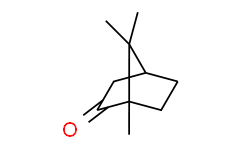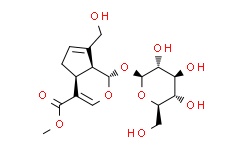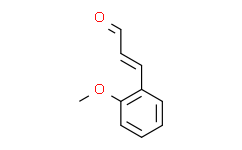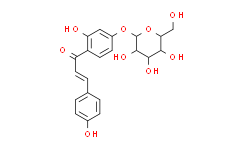Title:Camphor—A Fumigant during the Black Death and a Coveted Fragrant Wood in Ancient Egypt and Babylon—A Review
标题:芳樟——黑死病时期的熏蒸剂,古埃及和巴比伦的珍贵香木——综述
Authors: Weiyang Chen, Ilze Vermaak, Alvaro Viljoen
作者:陈伟阳,伊尔兹·维尔马克,阿尔瓦罗·维尔乔恩
Journal: Molecules, 2013, 18(5), 5434-5454
期刊:《Molecules》,2013年,18(5),5434-5454
Abstract: The fragrant camphor tree (Cinnamomum camphora) and its products, such as camphor oil, have been highly valued since ancient times. Camphor was used as a fumigant during the Black Death and as a valuable ingredient in perfumes and embalming fluids in ancient Egypt and Babylon. Today, camphor is used in fragrances for cosmetics, as a food flavorant, in household cleaners, and in medicinal products for treating minor muscle aches and pains. The essential oil of camphor, traditionally obtained through the distillation of camphor wood, can also be synthesized chemically. Camphor possesses various biological properties, including insecticidal, antimicrobial, antiviral, anticoccidial, anti-nociceptive, anticancer, and antitussive activities. However, camphor is also toxic, and many cases of poisoning have been documented. This review summarizes the uses, synthesis, biological properties, and toxicity of camphor.
摘要: 芳香的樟树 (Cinnamomum camphora) 及其产品(如樟脑油)自古以来就备受珍视。在黑死病时期,樟脑被用作熏蒸剂,并在古埃及和巴比伦被用作珍贵的香料和防腐液中的重要成分。今天,樟脑用于化妆品香料、食品调味剂、家用清洁剂以及治疗轻微肌肉酸痛的药物中。传统上通过樟树木材的蒸馏获得的樟脑精油也可以通过化学合成获得。樟脑具有多种生物学特性,包括杀虫、抗菌、抗病毒、抗球虫、抗伤痛、抗癌和镇咳活性。然而,樟脑也是一种有毒物质,许多中毒病例已有记载。本文综述了樟脑的用途、合成、生物学特性及其毒性。
相关CAS号:
· Camphor
CAS Number: 76-22-2
· 1,8-Cineole (Eucalyptol)
CAS Number: 470-82-6
· Linalool
CAS Number: 78-70-6
· Safrole
CAS Number: 94-59-7
· Borneol
CAS Number: 507-70-0
· α-Pinene
CAS Number: 80-56-8
· Limonene
CAS Number: 138-86-3











 沪公网安备31011402010657号
沪公网安备31011402010657号